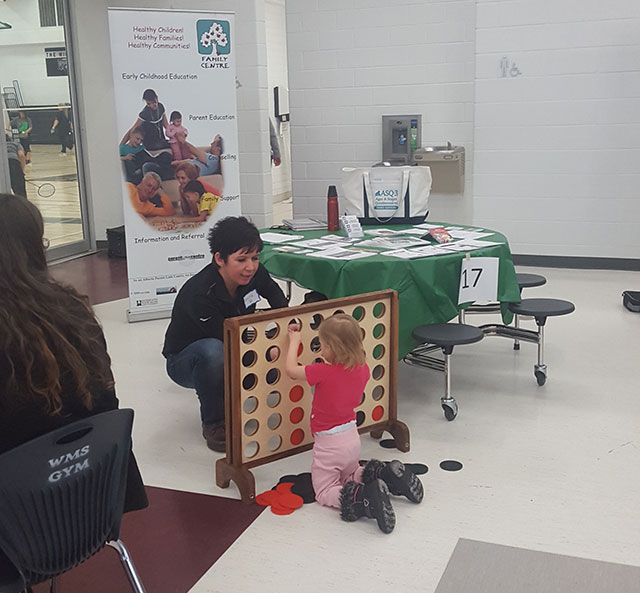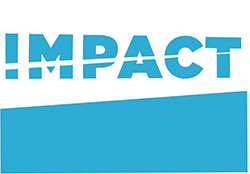This is the second in a series of brief papers designed to share lessons learned from a five-year community-based primary healthcare innovation project. In this paper, we explore an alternative to current conceptualizations of access by focusing on access to meaningful relationships and connection with comprehensive care.
Innovative Models Promoting Access-to-Care Transformation (IMPACT) was a fiveyear (2013-2018), CIHR-funded participatory research project to enhance access to primary healthcare (PHC) for vulnerable populations. Local Innovation Partnerships (LIPs) were developed in communities where access issues were identified. Set in three Australian states (New South Wales, South Australia and Victoria) and three Canadian provinces (Alberta, Ontario and Québec), each LIP was created to (1) identify vulnerabilities and access issues faced by local communities and (2) design and implement an innovative intervention to enhance access to care. To learn more about IMPACT visit www.impactresearchprogram.com
Introduction
The Alberta project team identified the region of north Lethbridge where people are underserved by, and struggle to connect with, primary healthcare services. Working closely with stakeholders, members of the Alberta LIP identified engagement with, and approachability of, PHC services as key access issues that should be addressed by an intervention. The team designed and implemented a series of pop-up health and community services events that brought together PHC service providers to different locations in North Lethbridge.
The pop-ups brought together a group of service providers to offer a variety of services with the aim of enhancing access for people who are underserved by, and struggle to connect with, primary healthcare services. We quickly learned that simply providing services in one location, at one time, was not enough to enhance access to PHC services. Making services available in community spaces did not necessarily mean those services were more approachable or welcoming.
What is access?
All six IMPACT research teams began with a definition of access proposed by Levesque, Harris and Russell (2013). They describe access as the opportunity to identify healthcare needs, to seek healthcare services, to reach and to obtain or use healthcare services, and to have the need for services fulfilled. Research shows that when primary healthcare is not accessible or effective in these ways, “people delay seeking help, rely on emergency care, and lose the benefits of continuity of care” (Health Council of Canada, 2007). The loss of access to comprehensive care can lead to risks such as misunderstanding patient needs, wait times, and errors in service delivery.
The common definition of access describes what is involved in obtaining needed services and often refers to a particular location to “arrive at”. The Levesque definition includes elements of location-based definitions. However, it also extends these definitions by considering the patient’s perception of their need for services and whether or not those needs are fulfilled.
What is missing?
Models of care based on definitions of access that focus on “arriving at” services can easily neglect elements of care that give patients hope and make access meaningful. For example, the patient may arrive at the clinic where a clinician sees them, but their underlying need for services is unfulfilled. The clinic’s demanding schedule may mean a clinician does not have time to listen to the patient’s full story, or the patient may not have the language or health literacy to explain their needs clearly.
What is missing from understandings of access in much of the literature, including Levesque et al., is the verb of care. The act of caring involves relationships, perceptions of need, and interest in all aspects of life across the social determinants of health. These kinds of socio-ecological considerations are sometimes missing from primary healthcare and may limit our ability to be accessible and available enough to care.
Access to care

When the pop-ups were initiated, the goal was to increase access to care and the underlying assumption was that the behavior of service providers would change. Feedback we received from the early pop-ups indicated that we weren’t improving approachability or the ability to engage with services. Offering services in a new place, with new resources, and opportunities for service providers to collaborate was not enough. As has been demonstrated in literature about changing professional practice, we quickly learned that we needed to encourage service providers to reflect on their own practice and work differently (ref).
What does it take to change practice to enhance access to care? The following are lessons learned from implementing the pop-up events in North Lethbridge.
- Connection: mutual trust, respect and understanding between service providers and service recipients defined connection and were at the heart of practice change. There was an ‘aha’ moment when we discovered how connection improved service provision for patients and service providers alike and it shifted our approach to access. One method for facilitating connection was to ask service providers to participate in discussion about providing care and to reflect on one another’s experiences. What we learned was the pop-ups were not only about improving connection between service providers and service recipients, but also among service providers.
- Openness: willingness of service providers to surrender power, control, and habits from previous systems is required to support access to the type of care that is needed. With encouragement and support, service providers were willing to find different ways of working, in a new setting, with patients they may not otherwise meet. This type of openness is about removing barriers between people trying to connect. Service providers showed they were ready to be open by delivering care in a way that was unfamiliar and where the outcomes were unpredictable.
- Dialogue: an environment encouraging vulnerability and connection created openings for meaningful conversation, in addition to traditional consultation. Service providers reported that the pop-ups gave them time to speak and connect with service recipients, an opportunity described as a rarity in other care settings. Egalitarian patient-provider partnerships emerged based on shared decision-making.
- Time: it takes time to create a practice environment that encourages openness, fosters connection, and provides space for meaningful dialogue. We learned that shifting the focus of service provision from time allotment per patient to meaningful connection is an important consideration for providing care. It is worth considering how opportunities for connection can be maintained in other settings where there are more constraints placed on time.

What We Learned
What we learned is that bringing PHC service providers together to offer services in one location, at one time does not necessarily lead to enhanced access to care or professional practice change. Improving access to care requires considering how service providers, and service recipients can better relate and understand one another. You cannot have care without connection. We propose that efforts to initiate practice change to improve the provision of care build on a foundation of connection that supports time, dialogue, and openness.
References Download all Papers
Citation
Perrin S, Mallard R, Barnes J, Spenceley S, Scott C, Lundy C, Donahue S, Andres C on behalf of the IMPACT team. (2019). Launch & Learn Paper 2: Defining access to comprehensive care: the role of meaningful relationships. Available from https://policywise.com/services/evaluation/launch-learn/
For More Information
Cathie Scott, PolicyWise for Children & Families cscott@policywise.ca

